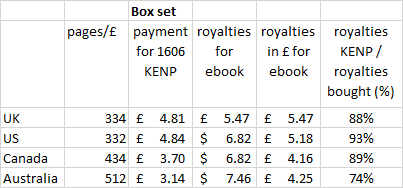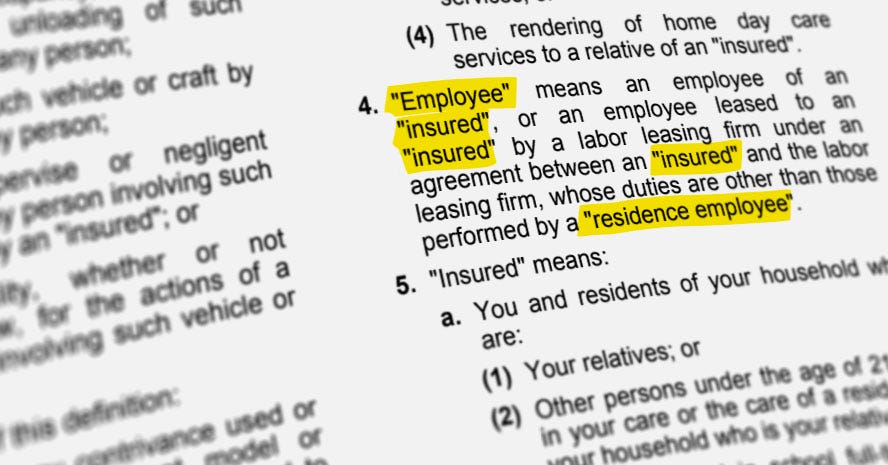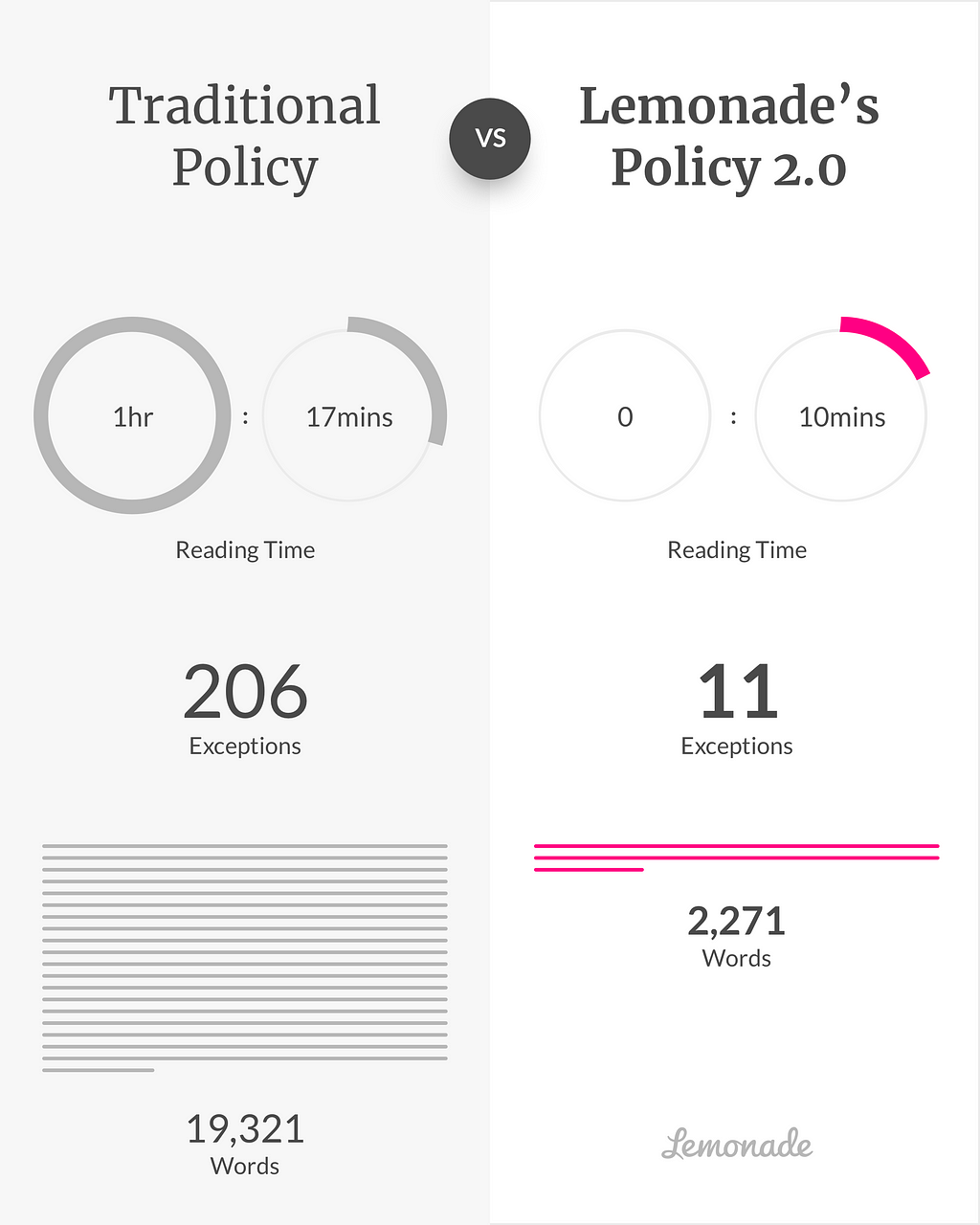The so-called Dublin Case seeks to establish whether we can unilaterally – ie without the consent of the other 27 member states – withdraw our Article 50 notification.
What follows is a list of frequently asked questions, which I reserve the right to add to over time.
Why is the case important?
Once Theresa May has triggered Article 50 – likely to be in March of this year – we will leave the EU unless we change our mind about the wisdom of that course.
If we do change our mind, there is no doubt that, if the other 27 Member States agree, we could withdraw our Article 50 notification. But it is also possible that we have a unilateral right, which we could exercise without needing to seek their agreement. And it is obviously preferable that we have control over such a decision.
How far has the case progressed?
Because the question whether a member state can unilaterally reverse its Article 50 notification is one of European Union law, it can only be answered by the Court of Justice. And obtaining an answer involves two stages. First a national court needs to refer the question to the Court of Justice. And, second, the Court of Justice needs to answer it.
On or before 27 January we will issue proceedings in the High Court in Dublin. We are targeting a hearing in early April on the question whether it should make a reference to the Court of Justice.
If it does, we know from past experience that the Court of Justice can give a decision within three months of a question being referred to it.
Of course, these timescales will depend, in particular, on the attitude that the Irish courts takes towards the question of a reference. And the speed with which the Court of Justice is prepared to hear the case.
You can read the most recent press release here.
Is this an attempt to block Brexit?
The question seeks an answer to a legal question ‘can a state that has triggered Article 50 later unilaterally withdraw its notification?’
If the Court of Justice answers that question ‘yes’ it leaves the question ‘does Parliament want to withdraw its notification’ for our democractically elected Parliament.
So the case does not enter the political sphere – it leaves the political questions, rightly, for the politicians.
I should add that I did vote to Remain in the Referendum and, were we hypothetically to have another referendum tomorrow, I would vote the same way.
Who is funding the case?
The £70,000 anticipated cost of the proceedings before the Irish High Court was crowd-funded from small donations. There were almost 1,300 donations of £25 or less and over 1,700 donations of £50 or less.
It is possible there will need to be further monies raised to fund the Irish litigation. And if a reference is obtained to the Court of Justice in Luxembourg there will certainly need to be a further fundraising.
You can read what I said at the time of the first fundraising here.
It should be noted that the lawyers are acting at below market rates. And that I will publish as much of the material as I can. You can read our Letter to the Irish Advocate General here: ireland-letter-before-action
What is the Government’s stance on revocability?
The Government’s stance is a political one: it says that it does not intend to revoke Article 50 and David Davis claims not to know whether it could if it wanted to:
one of the virtues of the article 50 process is that it sets you on way. It is very difficult to see it being revoked. We do not intend to revoke it. It may not be revocable—I don’t know. That is the route we are going down. I expect, at least at that point, that people’s calculation will change from, “How can we make them change their minds?” to, “How can we best deal with this?”
However, it is at the very least highly surprising that it has not sought legal advice on the question (although it is possible that David Davis is not aware of that advice). And the fact that the Government does not say that Article 50 can’t be unilaterally revoked is telling.
It is also worth saying this. No one, acting rationally, chooses to make a momentous decision earlier than they need to and before they have the fullest possible evidential picture before them. A Government driven by the interests of the country should want to preserve its optionality until the last possible minute. Moreover, it is hard to understand why the United Kingdom Government might argue for an outcome that denuded itself of a unilateral right and left it instead at the mercy of the agreement of the other 27 member states.
If a reference is made to the Court of Justice, what will the Court say?
Of course, nobody knows.
If we did there would be no need for a reference. But the clear preponderance of legal opinion is that a member state could revoke a notification if it had a real change of mind.
There are many examples but:
- here’s Donald Tusk (then President of the Council) expressing a view (at 24.55);
- here’s Lord Kerr who is credited with having drafted Article 50;
- here’s the former Director of the Council’s Legal Service;
- here’s Sir David Edward, former Judge of the Court of Justice; and
- here’s a good academic law treatment.
Of course, when the country is making what Theresa May has rightly described as “momentous” decisions we ought to know – not merely think we know – the legal framework within which those decisions are being made.
Why is the case being taken in Dublin?
Whoever makes the reference to the Court of Justice in Luxembourg the answer will be the same. The same court will hear the case and the United Kingdom will have the same opportunities to advance written and oral arguments.
That having been said, the case rests on alleged breaches of the Treaties by the other member states; those breaches can only be asserted in the courts of those other member states; and the Irish courts are the natural choice because Ireland shares an operating language with the UK, has a very similar legal system, and is profoundly affected by Brexit.
What is the position of the Irish court likely to be?
I have taken this case with the benefit of advice from specialist Senior Counsel – the Irish equivalent to our own Queen’s Counsel – and solicitors experienced in obtaining references to the Court of Justice. I am confident it is the right course for me to be taking.
However, I cannot disclose their advice. That having been said, the widely respected Fellow and Associate Professor at the School of Law, Trinity College Dublin Eoin O’Dell has written:
the balance of the argument is that a referral to the CJUE is likely if a case does indeed get off the ground.
What happens if Article 50 is found to be revocable?
In her Brexit speech of 17 January 2017 Theresa May promised:
the Government will put the final deal that is agreed between the UK and the EU to a vote in both Houses of Parliament, before it comes into force.
Michel Barnier has said that the negotiations with the UK will need to be concluded within 18 months of the trigger date to allow time to ratify the deal. And David Davis agrees this is achieveable. So there will be ample time after the deal is concluded for Parliament to consider whether it wishes to accept the deal and act accordingly.
Parliament is supreme and sovereign. Should MPs or the House of Lords reject the deal they would have the (theoretical) so-called ‘cliff-edge’ option of leaving the EU without a deal. But they will also have the (viable) option of remaining in the EU. Or (more likely) putting the question back to the electorate in the form of a Referendum on the Final Deal.
A ‘Final Deal’ referendum has previously commended itself to a number of prominent Brexiters, including Dominic Cummings.
Whether one is likely to happen will be a function of the prevailing popular mood at the time Parliament is required to consider the question. As I explained here, it would be a mistake to assume that the mood today (which is broadly static since the referendum) remains static over time. We have not, after all, at the time of writing, even triggered Article 50 and many things can and will change.
Finally
You can see an interview with me discussing the case here.































